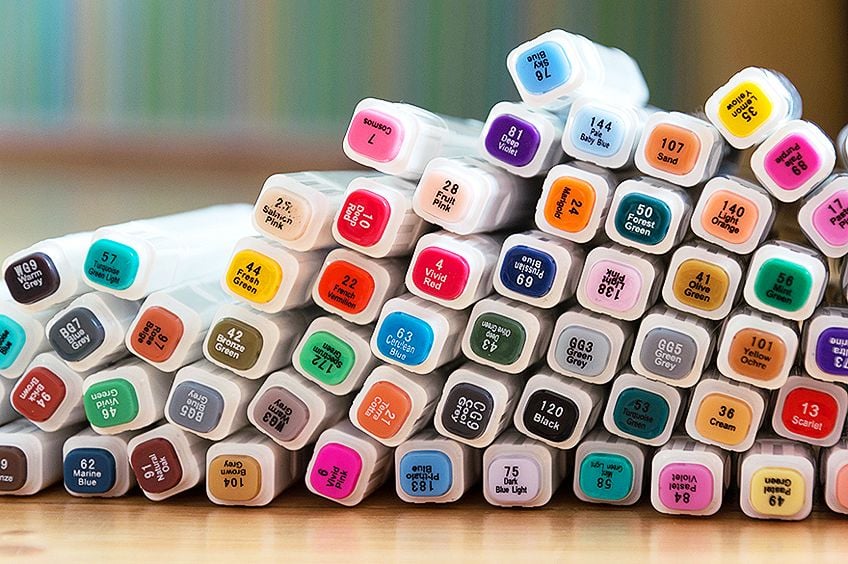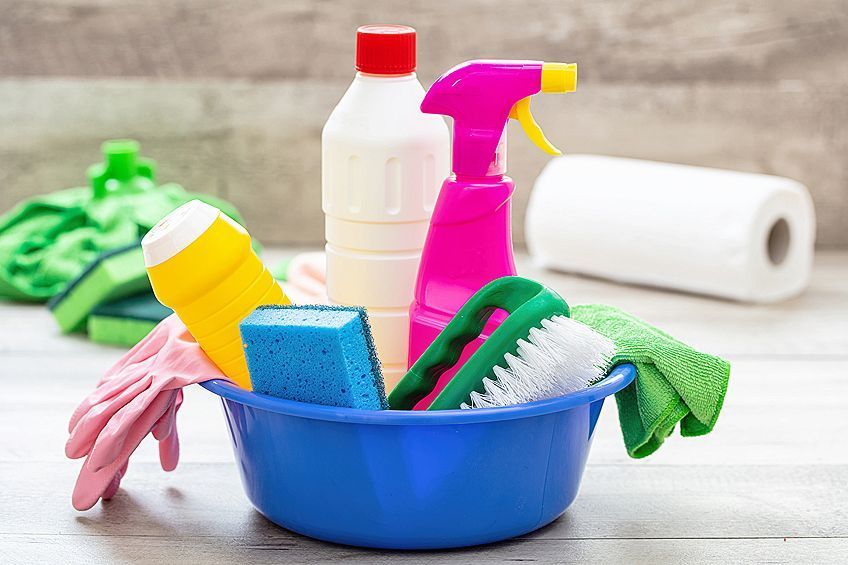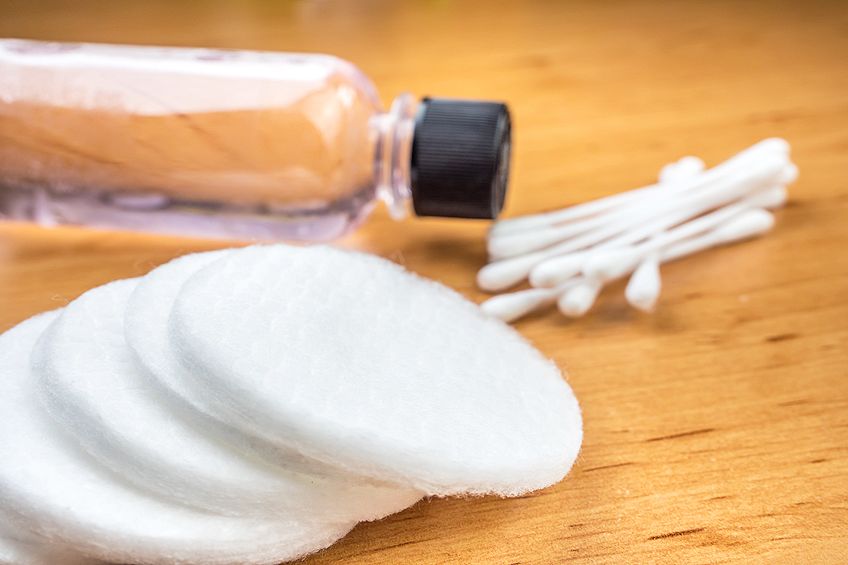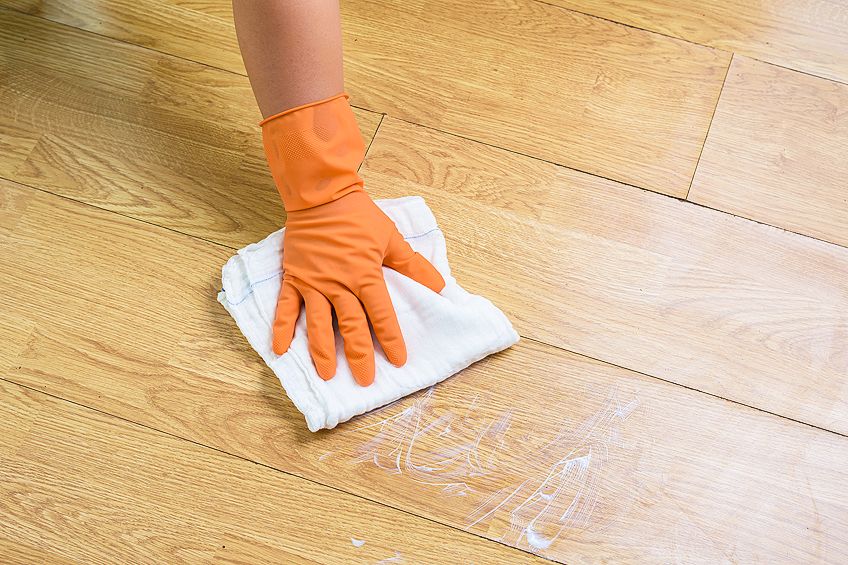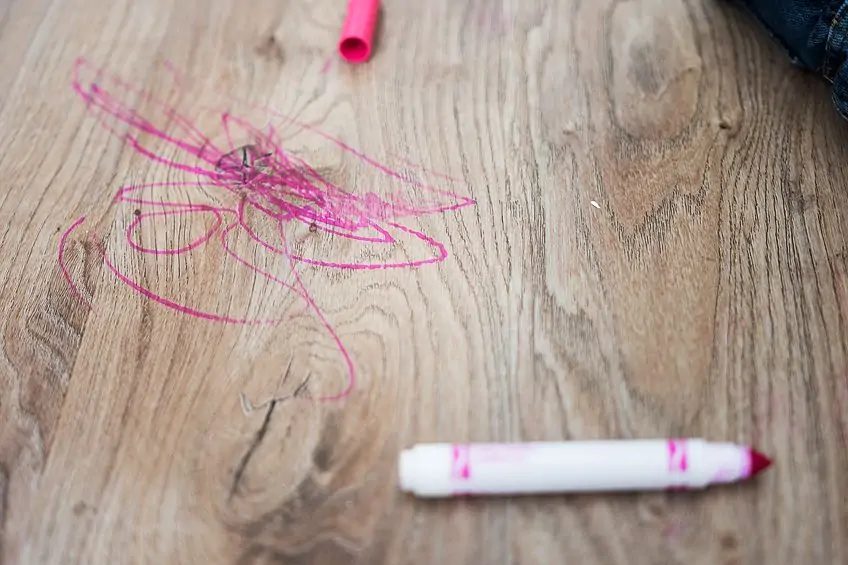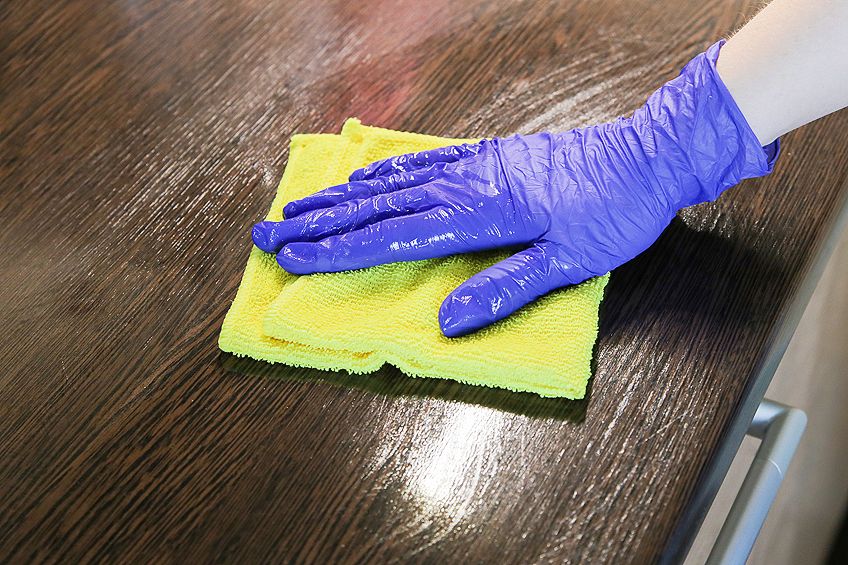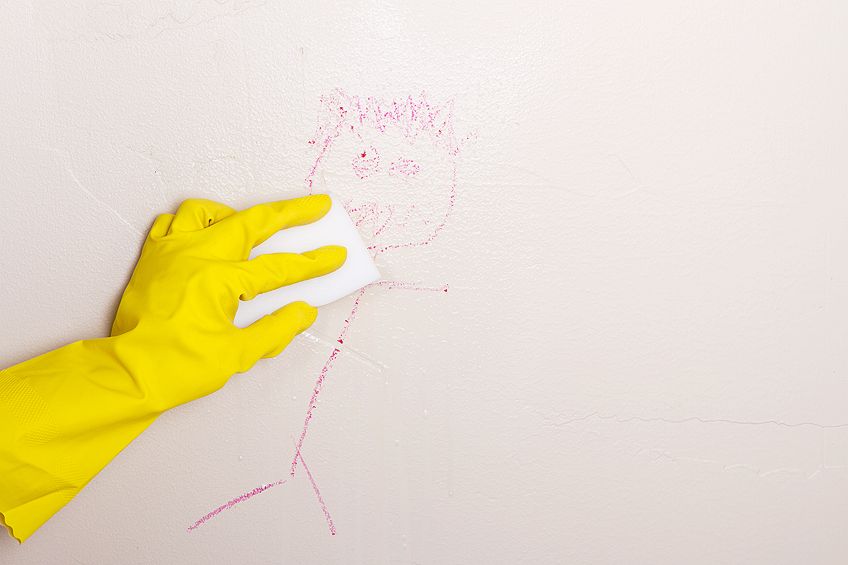How to Remove Permanent Marker From Wood – Our Top Methods
This post may contain affiliate links. We may earn a small commission from purchases made through them, at no additional cost to you. You help to support resin-expert.com
Every single person probably has a permanent marker hidden away in their house somewhere. Whether from using the marker for your projects, or whether your kids have used them for crafts or playtime, very often we end up with unintentional marks on your wooden furniture or other household surfaces. Luckily, we have discovered the best methods to help you remove permanent marker from wood and other surfaces. So before you write off your wood furniture because of an accident with marker pens, read our tutorial below on how to remove permanent marker from wood.
Table of Contents
Description of Permanent and Non-Permanent Markers
Permanent Markers can be used on so many different surfaces and textures. One of those surfaces included wood. The marker’s ink is composed of three ingredients, namely a solvent, color, and resin. The pen’s colorant can be either a dye or a pigment (the dye being water-soluble, and the pigment is less water-soluble) and the solvent which is required to serve as a carrier for the color. Out of the two, pigment is the most used solution for permanent markers. The strong odor in permanent markers is caused by the high VOC count in the solvent. The pigment is held secure to the surface by the resin, and the solvent eventually evaporates and is not water-soluble.
Permanent markers can be found in many shapes, sizes, and endless color options. Non-Permanent markers are, however, water-based and therefore water-soluble. Products are branded as “permanent” rather superficially, as most of them will fade over time, lacking any properties that would keep the ink bonded to the surface. Various markers that can leave permanent marks will state so on the product packaging. One can alternatively try permanent paint markers. These are oil-based. Some of the more well-known brands that produce permanent markers include BIC, Crayola, Sharpie, Arteza, and Staedtler, and Amazon Basics.
How to Remove Permanent Marker From Wood
Perhaps you are worried that you will have to just learn to live with the sight of a permanent mark on your wood furniture, but before you lose faith, you should first attempt a few of our techniques to remove permanent markers from wood.
Before beginning though, it is essential to check if your surface has been treated. Whatever the wood was treated with will be the deciding factor as to which is the best method for you to apply.
Many of the methods use household products that most people have around their homes already. Always make sure to test the method on a less visible area first. Another thing to consider is whether the wood is finished or not. This will largely determine the end result. therefore it is always recommended to try it out first on a small area and test the surface for damage from the method. If it appears to not damage the wood, then move on to applying the method to the marked area. It is advisable to always try to remove the stain as soon as you see it happen.
Removing Permanent Marker from Finished or Painted Wood
Finished wood refers to wooden surfaces that have been stained, varnished, or painted in any manner. One would be surprised how many products you already have at home could help you remove permanent marker from wood. Let us take a more in-depth look at the various methods you can use today.
Toothpaste
This method using toothpaste works quite well to remove permanent marker from wood, however, one must still consider a few things. Steer clear of tubes with abrasive ingredients and stick to a normal white color. It is wise to also steer clear of gel-based toothpaste and the varieties that have tooth whitening properties. This method can also be used should you wish to remove sharpie from wood.
- To prevent the toothpaste from dripping, make sure to work on a flat surface.
- After squeezing out a decent amount of toothpaste, generously cover the marked area.
- After soaking a cloth in some water, make sure to squeeze all the water out to prevent dripping.
- Using a circular motion, rub the cloth over the paste for a few minutes, but make sure not to apply too much firm pressure.
- Following the direction of the wood grain, rinse off the cloth and then use it to wipe off the remaining paste from the surface of the wood.
- Once the paste has been removed, let the wood dry.
- If however, the mark is still there, you can try repeating the steps again, adding a pinch of baking soda the next time around.
Rubbing Alcohol
Affordable and easy to find, rubbing alcohol is another fantastic option for removing permanent marker. All one needs to do is pour a minimal amount of rubbing alcohol onto a clean cloth and then wipe off the marked surface, using soft motions. Try not to rub too hard, rather dab at it until you see the mark beginning to lift off.
Now take a slightly dampened cloth and wipe the wood again to remove any residue left behind. Then leave the wood to dry. These steps might need to be repeated a few times to get the required result, but make sure not to continue once you start seeing ink on the cloth. Vodka can also be used as a substitute for rubbing alcohol, although you should only use the non-flavored kind, as the sugars can potentially make the mark worse.
Mayonnaise
Mayonnaise is another substance easily found at home that can be used if you want to remove sharpie from wood. Take out a decent amount of mayonnaise and rub it into the mark. After a few minutes, take a cloth and wipe it off. If the mark is still visible, the process can be repeated again, this time perhaps using vinegar.
Acetone or Nail Polish Remover
This is another effective method for getting sharpie off wood. Take a clean cloth rag and dampen it slightly with acetone. As with the method above, dab the cloth rather than rub it over the stain, as this could potentially damage the surface. As usual, always try applying the method first in a less visible part of the wood before trying it on the marked area.
Otherwise, you take the risk of making an even bigger mark. For smaller areas, a cotton swab can be used.
Melamine Foam
Melamine foam is otherwise known as “Magic Eraser”, and can be used to remove stains from finished wood. Once again, the proper technique is to rub gently, and not damage the wood by adding too much pressure.
Hairspray
Most women have this product in their homes, yet few realize that it has many uses. It can be used to remove permanent marker from wood, as well as to remove ink stains on the fabric. Before wiping with a clean cloth, all you need to do is spray the product over the mark on the wood.
The mark should come off instantly. It is important to remove the residual spray as soon as possible. To ensure there is no further damage to the wood, hand sanitizer can also be used as a substitute should you not have any hairspray at hand.
Baby Oil
If you do not have any other choice, baby oil can also be used to remove permanent marker from wood. Using a clean cloth and a small drop of baby oil, gently rub on the ink mark, and repeat the process, applying more oil and rubbing until the ink starts to lift onto the cloth and off from the wood.
How to Get Sharpie Off Wood (Unfinished Wood)
If you are trying to remove sharpie from wood that is still unfinished by stain, paint, or varnish, then you can perhaps try wet wipes. Going with the direction of the grain, rub the marked area. Baby wipes contain a small amount of alcohol, so even if the entire mark does not come off, the wipes should remove some if not all of the stain.
Alternatively, you can try hairspray or alcohol as substitutes. If you are using hairspray, first spray onto a towel and then use the towel to rub on the surface to avoid using too much spray at once. Afterward, you can then try removing the remaining marks with some 80-grit sandpaper, sanding gently in the direction of the wood grain. There may be some rough marks left behind, so further sanding might be required with 100-grit to 120-grit sandpaper to smoothen out the appearance of the wood surface. It is important not to use heavy strokes but apply the sandpaper lightly with the wood grain.
It is then recommended to treat the wood using oil or applying a stain finish or varnish. This will help prevent any further damage in the future.
How to Remove Non-Permanent Marker from Wood
Most non-permanent marker stains can be removed instantly with a clean cloth that has been soaked in some water. Alternatively, a mildly abrasive solution or enzyme cleaner can be bought from a store. A possible abrasive solution you can use is baking soda. For that method, you will need both a bit of rubbing alcohol as well as a clean cloth.
Once you have all your tools together, you can apply the solution and then let it stand for a couple of minutes. Then take the cloth and dampen it. Using circular motions, wipe the area until nothing remains of the cleaning solution. If this method is ineffective, try using the rubbing alcohol and rub over the mark with a cloth. Allow the surface to dry after cleaning it with a cloth. Remember not to use sandpaper on finished wood, but will need to have patience removing the mark layer by layer with a cloth and mild cleaning solution.
Anything that is too abrasive will damage the surface of the wood, or make the mark even worse than before.
How to Remove Permanent Marker from Other Surfaces
Permanent Pen markers are designed to work on many surfaces, including wood. Sometimes though, these markers end up being used by accident or by a child on your home surfaces, such as a tablecloth or a wall or piece of furniture.
In these cases, you will need to find unique solutions to help get rid of these unsightly mistakes. Let us take a look at some surfaces that might need your help and how to tackle them.
Surface Type |
Removal Method |
| Laminate Countertops | For laminated countertops, you can apply a small amount of vegetable oil to the stain and then wipe it off with a soapy damp cloth. |
| Clothing | Apply a dab of hairspray and then wipe. |
| Couches and Covered Chairs | Apply a bit of baking soda paste and scrub on the mark until it disappears. |
| House Wall | Use a dab of lemon juice on the stain. |
| Leather | Apply a small amount of white vinegar directly onto the stained area and then allow for a couple of minutes and then wipe off with a cloth. |
| Whiteboard | Draw over the permanent marker with a non-permanent marker and then clean with a whiteboard eraser. |
| Skin | Try make-up remover wipes, they usually work perfectly. |
| Carpets | Drop a dab of nail polish remover on the stain, take a clean cloth and wipe it off. |
| Plastic | Most permanent markers will come off plastic surfaces with a little hand sanitizer. |
| Cabinet Doors | Add a dab of vegetable oil to the mark and then gently wipe with a damp cloth. |
| Glass | Try applying some window cleaner or rubbing alcohol to the glass and then rub it off with a cloth. |
Whether it is little children expressing their inner creative genius, or an accident with a marker, it is always good to have some tricks up your sleeve for removing permanent marker from wooden surfaces.
Frequently Asked Questions
How to Get Sharpie off Wood?
The method which is most used of all, when it comes to removing permanent marker from wood, is to use toothpaste! Apply a liberal amount to the stain and then just rub in a gentle circular motion. After that, you can wipe it off, but if it still remains you might have to repeat the process.
How Do I Remove Oil-Based Permanent Marker?
To remove sharpie marks from oil-based wood, you can use either acetone or rubbing alcohol. Using a cotton pad or cotton wool, gently rub the stained area until the ink starts to loosen.
Are Sharpie markers Permanent?
Most of the Sharpie products are permanent and come in many vibrant colors to choose from that can all mark a multitude of surfaces, including wood.


